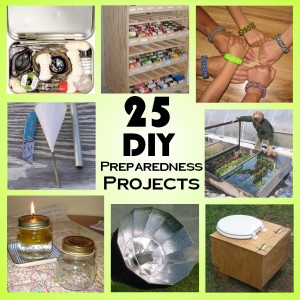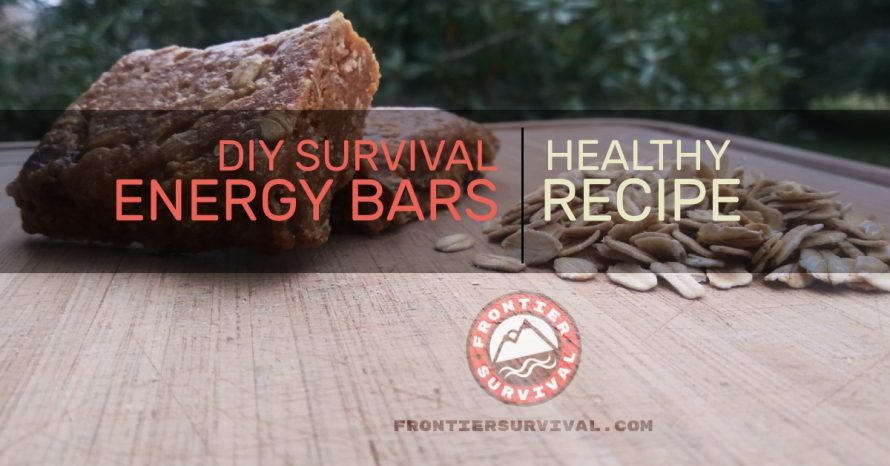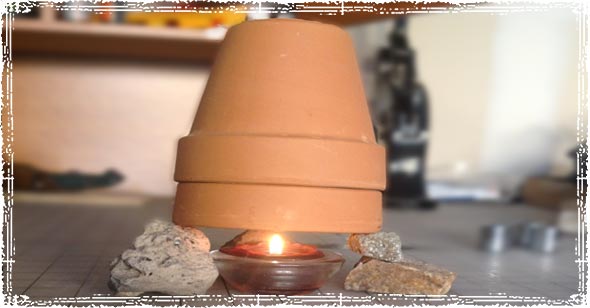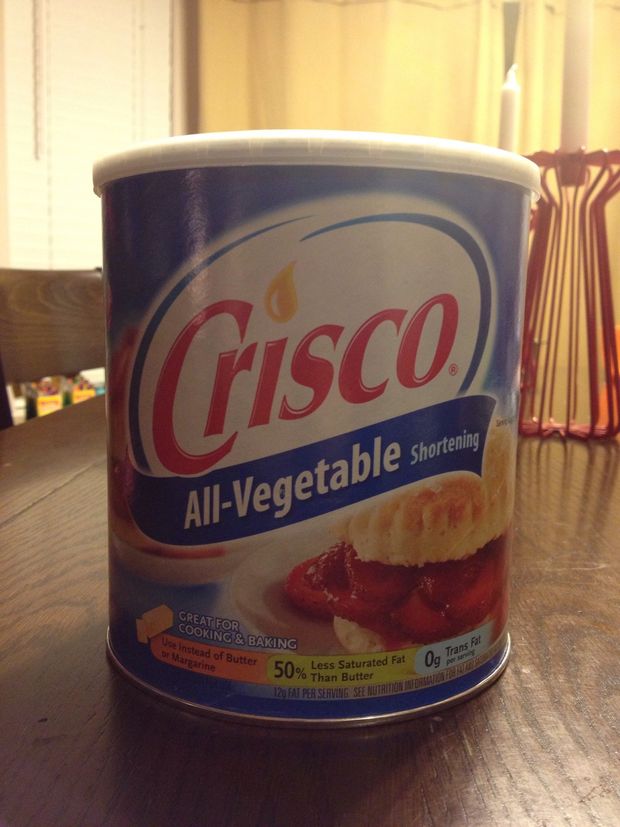Posted by Black Plague 11/30/2013
25 DIY Weekend Preparedness Projects.
http://foodstorageandsurvival.com/25-diy-weekend-preparedness-proje...
 Have some extra time on your hands? Looking for projects you can do today (or this weekend) to be better prepared? Well, look no further. Here are 25 great weekend preparedness projects I’ve gathered up from around the web. Great for the prepper, survivalist, or anyone wanting to be a little more prepared at the end of the day. Each of these projects are fairly low budget (some only require your time and a piece of paper) and shouldn’t take longer than a couple of days to complete–many won’t take more than a couple of hours. Tackle one (or more) this weekend and you’re that much more prepared than you were yesterday!
Have some extra time on your hands? Looking for projects you can do today (or this weekend) to be better prepared? Well, look no further. Here are 25 great weekend preparedness projects I’ve gathered up from around the web. Great for the prepper, survivalist, or anyone wanting to be a little more prepared at the end of the day. Each of these projects are fairly low budget (some only require your time and a piece of paper) and shouldn’t take longer than a couple of days to complete–many won’t take more than a couple of hours. Tackle one (or more) this weekend and you’re that much more prepared than you were yesterday!
FOOD and COOKING Projects
1. Make a rocket stove with empty cans. You might need to have soup for lunch to get enough cans for this.
2. Build a Solar cooker–The link has lots of different designs you could try–some even using those shiny vehicle windshield shades. If you’ve got some extra time and a sunny day, try cooking something in your new cooker!
3. Make your own homemade survival bars. Be sure to read through the comment section on that post–there are some really good ideas for changing them up a bit.
LIGHT and FIRE Projects
4. Make some dryer lint fire starters.
5. Build a heater out of a candle and some terra cotta pots.
6. Make a candle from a tub of Crisco.
7. Make an oil lamp.
8. Not enough light for you? Okay, make a torch! Just like in the movies!
WEAPONRY Projects
9. Build a PVC bow.
10. Make a blow dart gun.
11. Take a trip to a shooting range. If you don’t have a gun of your own, some ranges have them to rent. Take a friend or your spouse if you can and do some shooting.
12. Build a shooting bench. Downloadable plans at the link.
FOOD STORAGE Projects
13. Build a space saving can rotator rack: or this one that’s a little more finished looking (read: takes longer).... You could also make alarger standing unit if you’re really crafty with wood and tools.
14. Add some “earthquake proofing” to your food storage shelving. See this post at Prepared LDS Family for some great ideas and be sure to scroll down into the comment section as well.
15. Get in your food storage room and do an inventory or some organizing.
GARDENING Projects
16. Build a cold frame for winter gardening.
17. Plant a container garden. If you have a warm, sunny room, you can grow some vegetables all year long even in cold climates.
18. If it’s warm enough where you live, get outside and plant something.
GENERAL SURVIVAL Projects
19. Make a paracord survival bracelet.
20. Protect your electronics with your own homemade metal trash can faraday cage. Check the video at the previous link and click here for some instructions on how to make one (scroll WAY down the page to get to the pictures).
21. Try picking a padlock with a soda can.
22. Put together an important documents binder. Here is a starter list of documents you’ll want to include.
23. Put together a survival kit in an altoids tin. There are many variations on this type of kit. You can do a google search to get ideas of what people are putting in theirs, or head over to Field and Stream for a starting point. Have a little more time and money? Put together a full 72 hour emergency kit for yourself or your family.
24. Write down your evacuation plan including what you’re taking, where you’re going, and a meetup plan in case someone isn’t home at the time you need to leave. Include any other family members that may be affected. I like having a 10 minute list and then an additional items list if you have a little more time before you have to get out of your house. If you’re feeling really ambitious, run a mock evacuation drill with your family!
25. Build your very own composting toilet. With only one bathroom in our house I’ve seriously considered this numerous times–maybe this weekend is the one I set out building one of these!
 The materials required to build a solar oven are simple and affordable, many of which you probably have at home right now.
The materials required to build a solar oven are simple and affordable, many of which you probably have at home right now.

:max_bytes(150000):strip_icc():format(webp)/lintfirestarters-56a337473df78cf7727c67f4.jpg)


















































